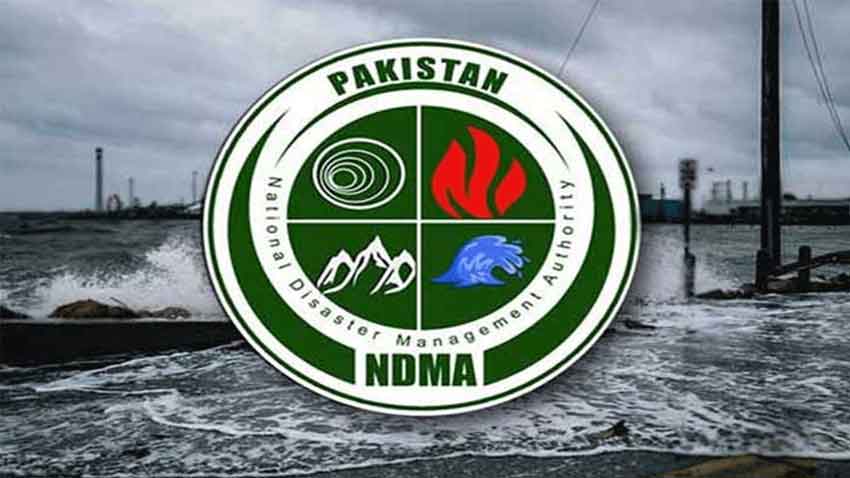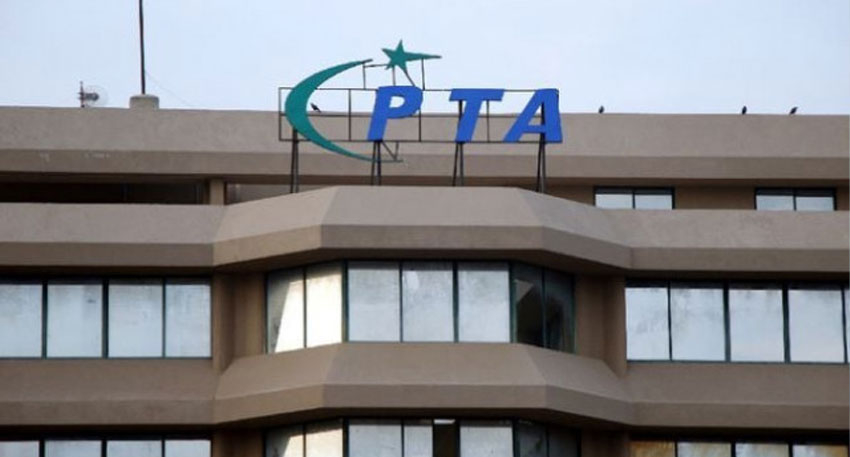
While briefing members of the National Assembly, NDMA Chairman Lieutenant General Inam Haider expressed concern that the impacts of climate change in Pakistan are becoming dangerously rapid. According to him, floods may intensify by up to 22% in the coming year if global warming continues to accelerate. He cautioned that the glaciers in northern areas could melt at a faster pace, creating severe environmental and economic challenges.
General Haider revealed that close monitoring of water reservoirs is underway. So far, nearly 150,000 people have been evacuated to safer locations from the Sutlej River region, while 2,100 tons of relief goods have been dispatched to the affected districts. He added that the government is working on reconstruction of destroyed infrastructure in Gilgit-Baltistan.
He also showed concern that many people still reside near riverbeds and dangerous zones. Rescue operations in Punjab and Khyber Pakhtunkhwa were termed rapid and effective, and the role of Pakistani welfare organizations was praised.
The NDMA chief said that all weather-related data has been collected since June 26. He warned that the coming year could be tougher and called for collective efforts to protect Pakistan’s glaciers, the highest in number worldwide.
When asked if NDMA could issue early warnings, General Haider clarified that forecasting is mainly the duty of the Meteorological Department, while NDMA focuses on damage assessment and relief operations. He disclosed that Pakistan has about 7,500 glaciers, many of which in the north are melting rapidly.
Read more: Sutlej River flood risk increases, over 150,000 evacuated
He further cautioned that if glaciers completely melt, Pakistan could face a drought-like situation, creating extreme risks for food security and water availability.
This briefing highlights Pakistan’s growing vulnerability to climate disasters under the shadow of climate change. The prediction of a 22% increase in floods next year is alarming, especially when paired with the looming threat of glacier melt in the north. With 7,500 glaciers at risk, Pakistan’s water resources and food security are hanging in the balance. The displacement of over 150,000 people and urgent relief operations show that the crisis is already unfolding. Unless decisive global and local action is taken, Pakistan could be pushed into a cycle of recurring floods followed by severe drought, posing unprecedented economic and humanitarian challenges.




